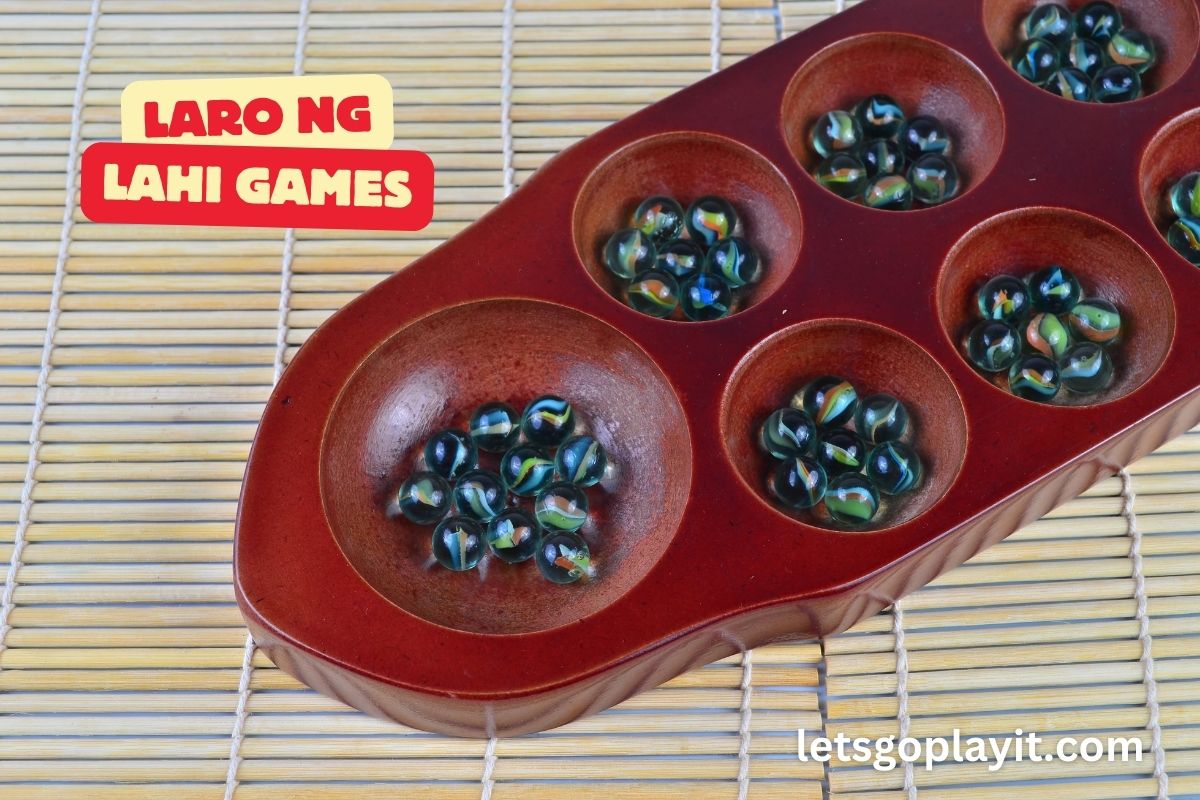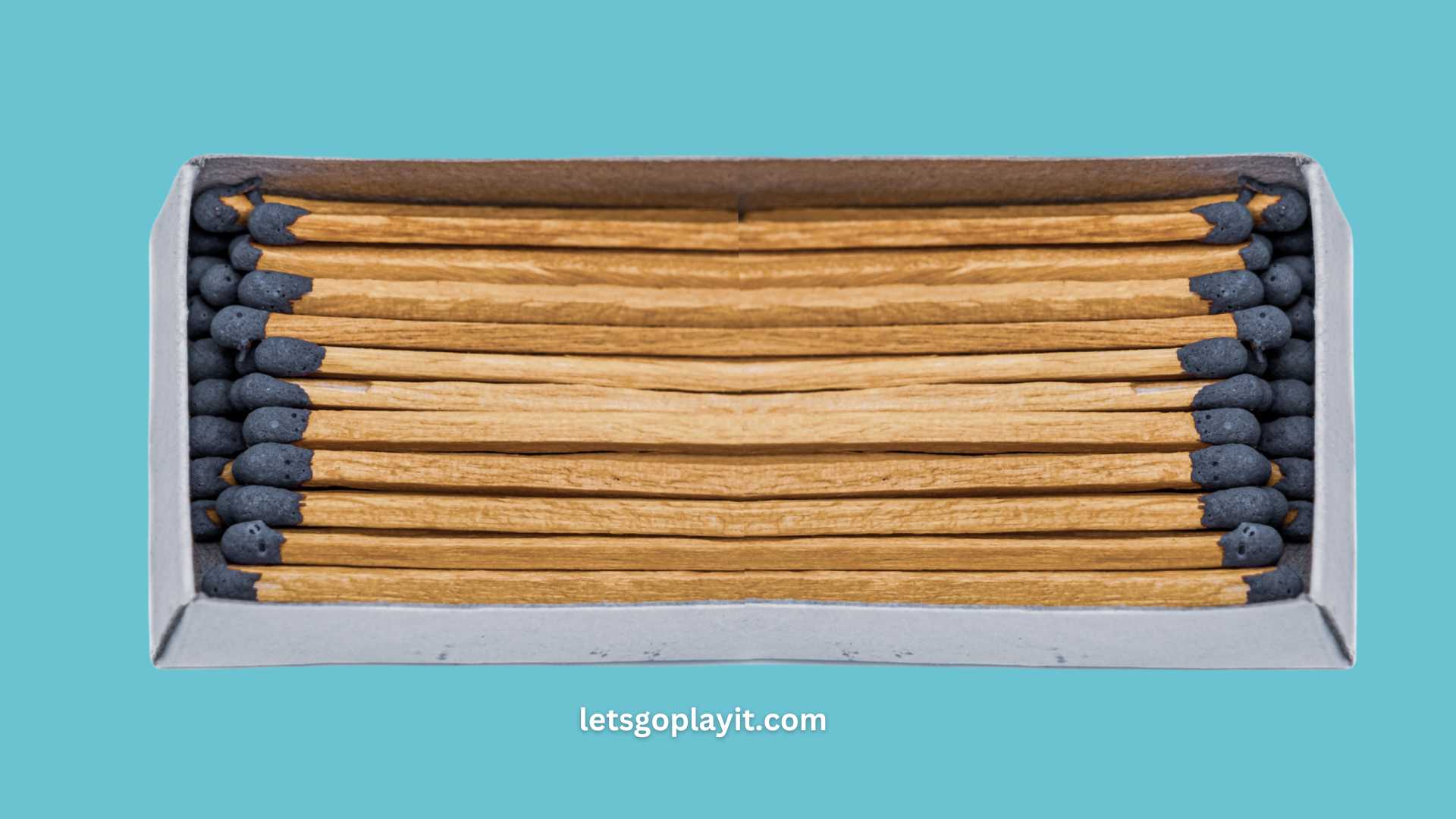As a child growing up in the vibrant province of Pampanga, Philippines, my afternoons were not spent glued to screens or gadgets. Instead, they were filled with the echoes of laughter and the rhythmic beats of feet hitting the ground – the sounds of ‘Laro ng Lahi,’ the traditional Filipino games. These games were not just pastimes; they were the threads that wove our community together, a testament to a simpler, yet profoundly rich cultural tapestry.
In this article, I invite you on a nostalgic journey back to the ’90s – the era of my childhood, often referred to as “Batang 90’s.” It was a time when the digital world was just budding, and the real playground was the great outdoors.
Let’s rediscover the joy of playing ‘Laro ng Lahi games’ and explore why these practices still matter in our rapidly changing world.
The Essence of ‘Laro ng Lahi’
Definition and Origin: ‘Laro ng Lahi’ translates to ‘games of our heritage,’ a collection of traditional Filipino games passed down through generations. These games are more than mere child’s play; they are cultural artifacts, embodying the spirit and values of the Filipino people.
Historical Context: The roots of ‘Laro ng Lahi’ are as old as the Philippines itself, with some games dating back to pre-colonial times. In the 1990s, these games were a cornerstone of childhood, an integral part of every Filipino kid’s daily life. They were not just games; they were lessons in strategy, agility, and camaraderie.
Popular ‘Laro ng Lahi’ Games
1. Patintero: Imagine a game that combines the thrill of tag with strategic positioning. Patintero, a game of lines and agility, was a staple in our neighborhood. The game involves players trying to cross lines guarded by ‘taggers’ without being touched. It taught us not just agility but the art of anticipation and strategy.
2. Tumbang Preso: This game was a test of precision and daring. A lone guard, the ‘preso,’ defends a can while players throw their slippers to knock it over and retrieve them before being tagged. It was in these moments, with my heart racing and slipper in hand, that I learned the value of risk-taking and quick thinking.
3. Sipa: A test of skill and agility, Sipa involves keeping a small metal or rattan ring (called a ‘sipa’) in the air using one’s feet. It’s akin to hacky sack but with a distinct Filipino twist. This game honed our coordination and balance, teaching us the art of focus and control.
4. Luksong Tinik: Two players serve as the base, stacking their feet together for others to jump over. The height increases as the game progresses. Luksong Tinik was not just a game of jumping; it was a lesson in resilience and pushing our limits.
5. Luksong Baka: In this game, one player bends over while others jump over their back. The ‘baka’ (cow) gradually stands up, raising the bar for jumpers. It’s a playful blend of trust and challenge, testing our jumping prowess.
6. Taguan: The Filipino version of hide and seek, Taguan was a childhood staple as the sun began to set. It taught us strategy, stealth, and the thrill of the chase.
7. Piko: Similar to hopscotch, Piko is a game of hopping and throwing a small stone into numbered grids. It’s a dance of precision and balance, a game that sharpened our accuracy and agility.
8. Langit-Lupa: A game of ‘heaven and earth,’ where ‘it’ tries to tag others who are safe when elevated off the ground. This game was a playful exploration of space and quick thinking.
9. Agawan Base: Two teams compete to capture each other’s base in this exciting game. It’s a test of speed, strategy, and teamwork, embodying the spirit of friendly competition.
10. Siyato: Played with a long stick and a shorter one, Siyato involves flipping and catching the shorter stick. It’s a unique game that honed our hand-eye coordination and timing.
11. Palosebo: A challenge of climbing a greased bamboo pole to reach a flag or prize at the top. Palosebo taught us determination and the value of perseverance in the face of slippery obstacles.
12. Sungka: A traditional board game played with shells or stones, Sungka is a battle of wits and strategy. It’s a quiet, contemplative game that sharpened our mental acuity and decision-making skills.
13. Kadang-Kadang: A game of balance where players walk on coconut shells tied to their feet. Kadang-Kadang was not just fun; it was a test of stability and endurance.
14. Bulong-Pari: A game of whispers and secrets, where a message is passed around and often ends up humorously distorted. It taught us the fun in communication and the quirks of misinterpretation.
15. Turumpo: Playing with a wooden top (turumpo), we learned the skill of spinning and controlling it. This game was a delightful exercise in patience and finesse.
Habulan (Bonus): A simple game of tag, Habulan was the epitome of childhood play. It was about speed, evasion, and the exhilarating rush of the chase.
Each of these games carries a piece of our heritage, a fragment of a simpler time that shaped our childhoods and taught us invaluable life lessons. They are not just games; they are the echoes of our past, resonating with the laughter and spirit of the Filipino people.
The Cultural Impact of ‘Laro ng Lahi’
Community and Social Bonding:
In the heart of Pampanga, where I grew up, ‘Laro ng Lahi’ was more than just games; they were social events that brought friends and the neighborhood together. These games taught us the essence of teamwork, trust, and sportsmanship. They were the playground where lifelong friendships were forged and where we learned to celebrate both our victories and losses together.
Comparative Analysis:
Contrasting these traditional games with today’s digital entertainment reveals a stark difference. While modern games offer virtual connectivity, ‘Laro ng Lahi’ provides us with real, tangible human interactions. They required us to be physically present, not just mentally. This aspect of physical presence and community involvement is something that modern digital games often lack.
The Modern Relevance of Traditional Games
Revival and Adaptation:
Despite the domination of technology, there’s a growing movement to revive ‘Laro ng Lahi.’ Schools, communities, and cultural organizations are beginning to recognize the value of these games, not just for physical health but for cultural preservation. In today’s world, where individualism is rampant, these games remind us of the joy of collective play and shared experiences.
Integrating Tradition in Today’s World:
Integrating these traditional games into modern lifestyles is both a challenge and an opportunity. Schools can incorporate them into physical education programs, while communities can organize ‘Laro ng Lahi’ festivals. These initiatives not only keep the games alive but also serve as a bridge connecting the younger generation to their cultural heritage.
The Role of ‘Laro ng Lahi’ in Building Cultural Identity
Personal Reflection:
Reflecting on my childhood, I realize that ‘Laro ng Lahi’ did more than just entertain; they instilled in me a sense of identity and belonging. These games are a mirror reflecting the Filipino spirit – resilient, communal, and joyful. They are an integral part of what it means to be Filipino.
Broader Implications:
The preservation of ‘Laro ng Lahi’ is crucial for cultural continuity. These games are not just relics of the past; they are living traditions that carry the stories, values, and wisdom of our ancestors. They remind us of a time when joy was found in simple pleasures and community bonds were strengthened through shared play.
Conclusion
I encourage you, dear reader, to take a moment to step back from the digital world and dive into the world of ‘Laro ng Lahi.’ Whether it’s organizing a game of patintero in your neighborhood or teaching these games to the younger generation, let’s keep the spirit of traditional Filipino games alive.
As we navigate through the complexities of modern life, let’s not forget the simple joys that shaped our childhood. ‘Laro ng Lahi’ is more than just games; they are a testament to our rich cultural heritage, a heritage that deserves to be celebrated, preserved, and passed on.





One thought on “15 Laro Ng Lahi Games: A Journey Through Traditional Filipino Games”